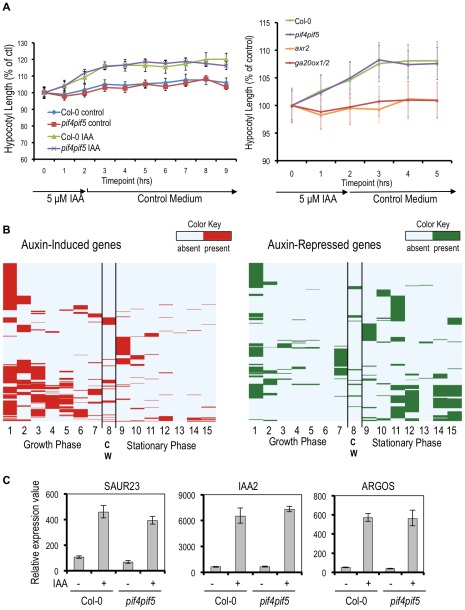Figure 6. Auxin promotes hypocotyl elongation through PIF-dependent and –independent pathways.
PIF4 and PIF5 are not required for transient auxin response. Average hypocotyl length of wild-type (Col-0) or pif4pif5 mutant seedlings treated with 5 µM IAA for two hours was measured each hour for 7 hours. Error bars indicate standard error. Hypocotyl length at each time point is shown as a percentage of length at time 0. (B) Auxin-responsive genes are associated with growth conditions. Picloram-induced genes are also induced in the dark (column 1, up in WTD) and during growth (2, upG; 6, upG PIF4/5), and repressed by light (3, down in WTRc; 7, DL) and in the pifq mutant (4, down in pifqR1; 5, down in pifqD). Picloram-repressed genes are also repressed in the dark (column 9, down in WTD) and upregulated by light (10, upL; 15 up in WTRc), during stationary phase (11, upS; 13 Nozue upS PIF4/5), and in the pifq mutant (12, up in pifqR1; 14, up in pifqD) (see Methods, Table 1 and Table S6 for complete description of array conditions shown). CW indicates genes associated with cell wall metabolism (column 8). (C) PIF4/5-dependent genes are regulated by auxin in seedlings. Wild-type (Col-0) or pif4pif5 mutant 5-day-old seedlings were treated with 5 µM IAA or a solvent control for 2 hours and used for RNA isolation. Expression value of each gene shown, relative to a control gene, was determined by qRT-PCR.

